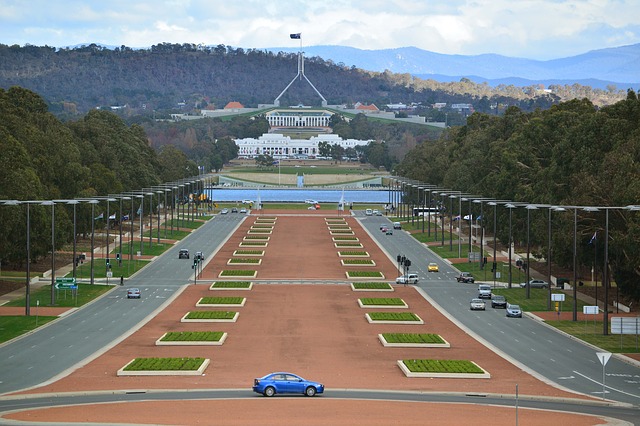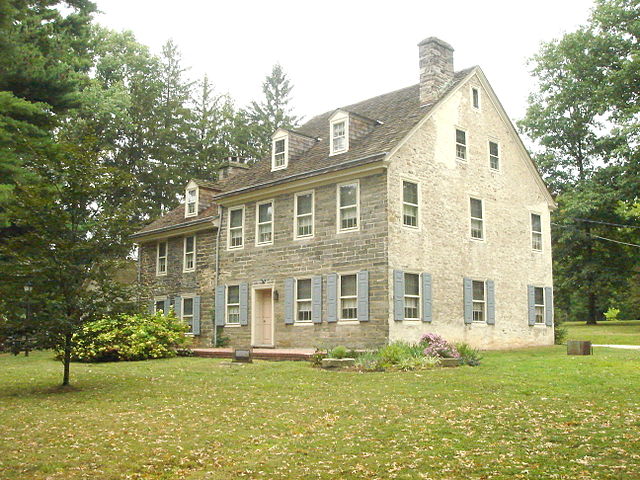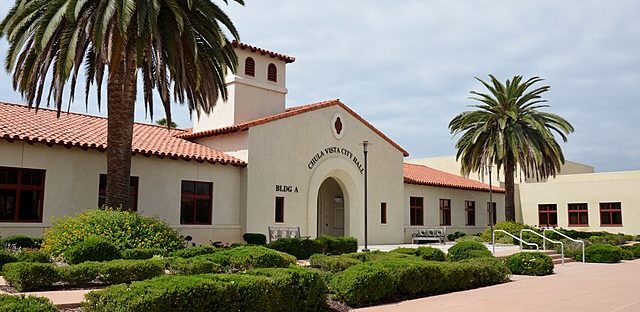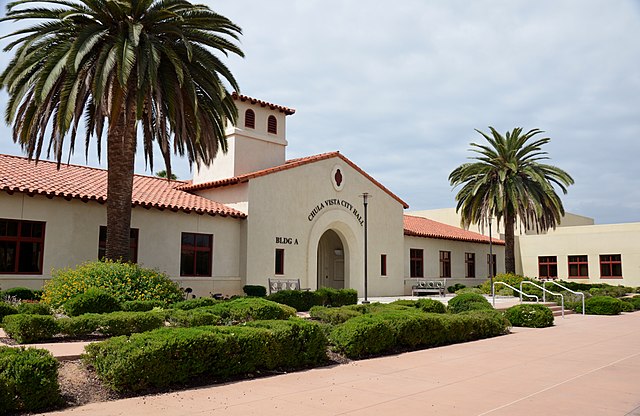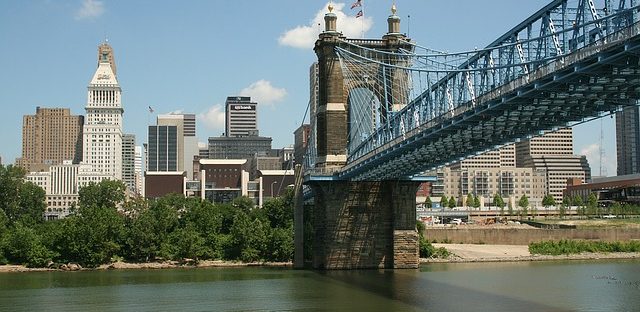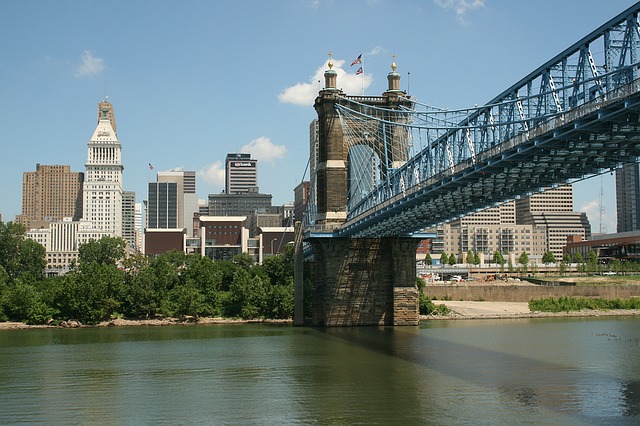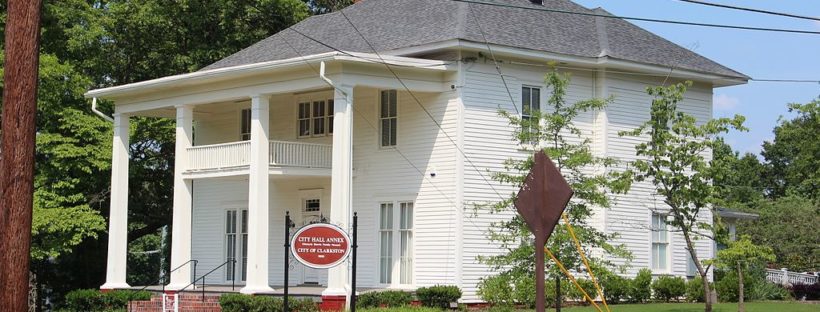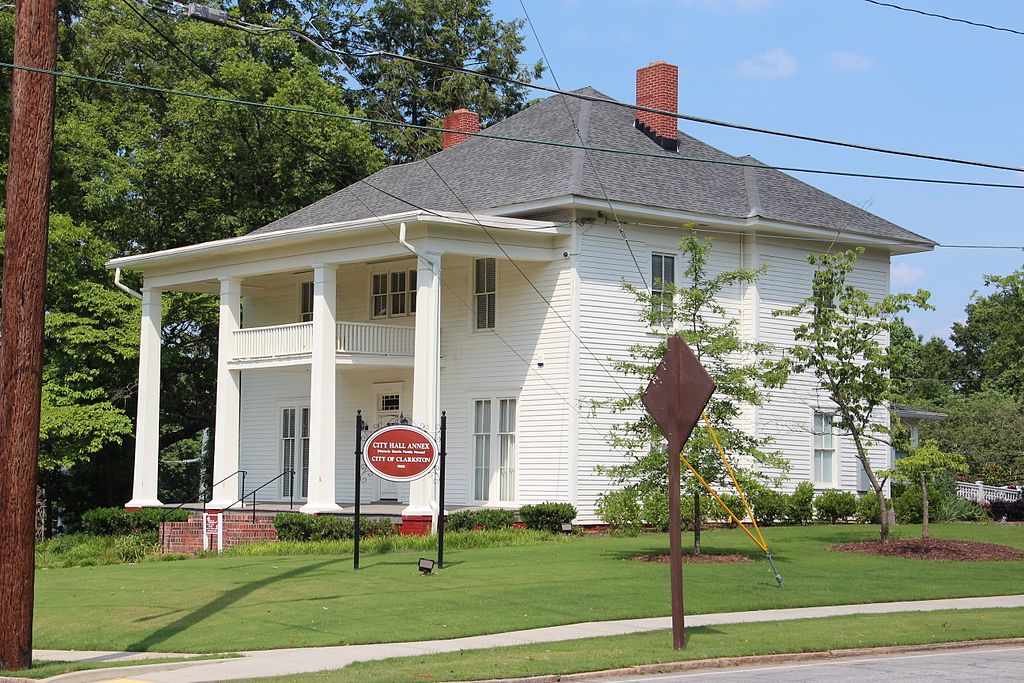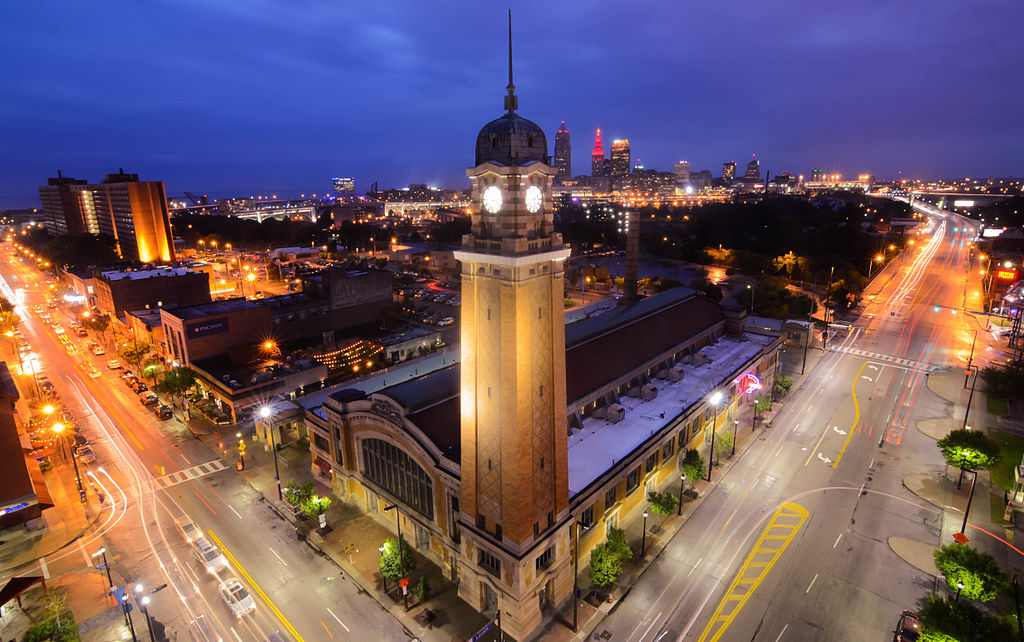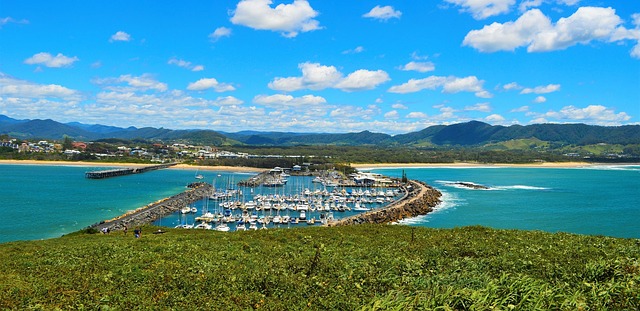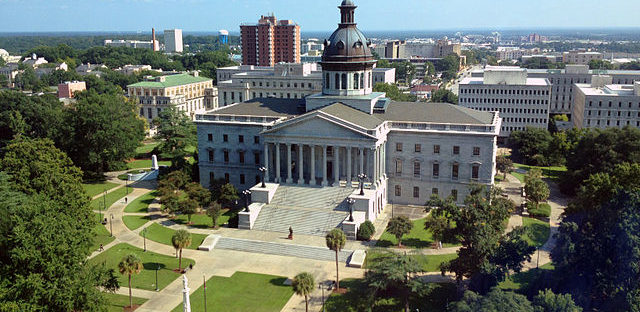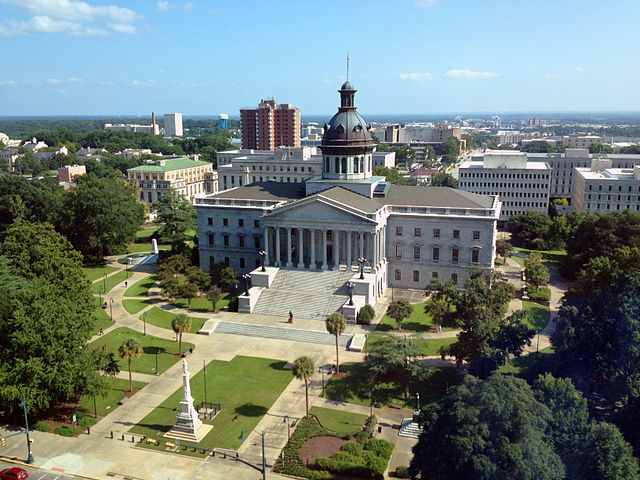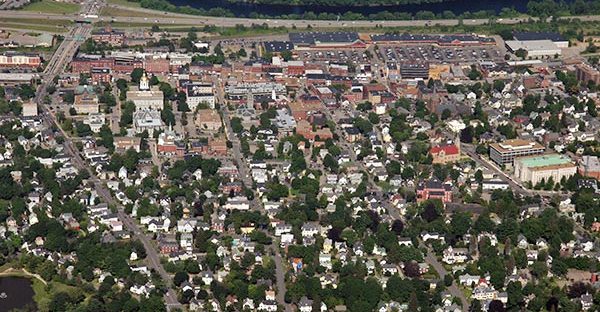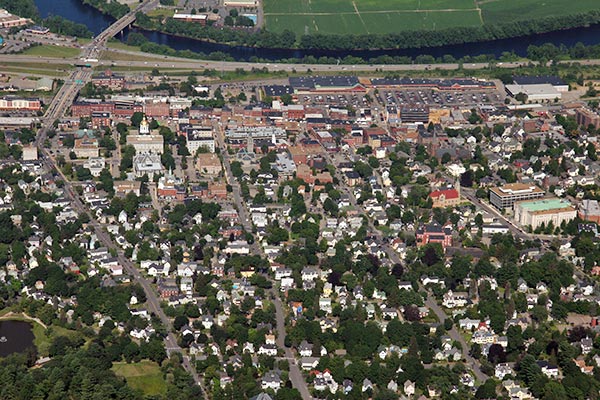- Target: 100% renewable electricity supply by 2020.
- Status: In progress - 47MW renewable energy capacity (2013) in Australian Capital Territory (ACT).
- RES: Wind and solar farms.
- Implementation: Canberra covers the 100% through auctioning, meaning the purchase of electricity from several wind and solar farms. Until 2017, the government commissioned three solar and three windfarms to respectively provide 44MW and 200MW, accounting for 60% renewables. Additional 200MW wind and 50MW solar capacity are to cover the interim target of 90% by 2020. Increased annual electricity bills by 2020 are to be partly compensated by annual average savings through the free replacement of downlights. Investments will be made in renewable research programmes and training, as well as the building of headquarters and maintenance facilities . So far, AUD $400 million local investments have been achieved in the auctioning process.
- Population: 410,301
- Area: 814.2 km²
- Link: https://www.environment.act.gov.au/energy/cleaner-energy/renewable-energy-target-legislation-reporting
